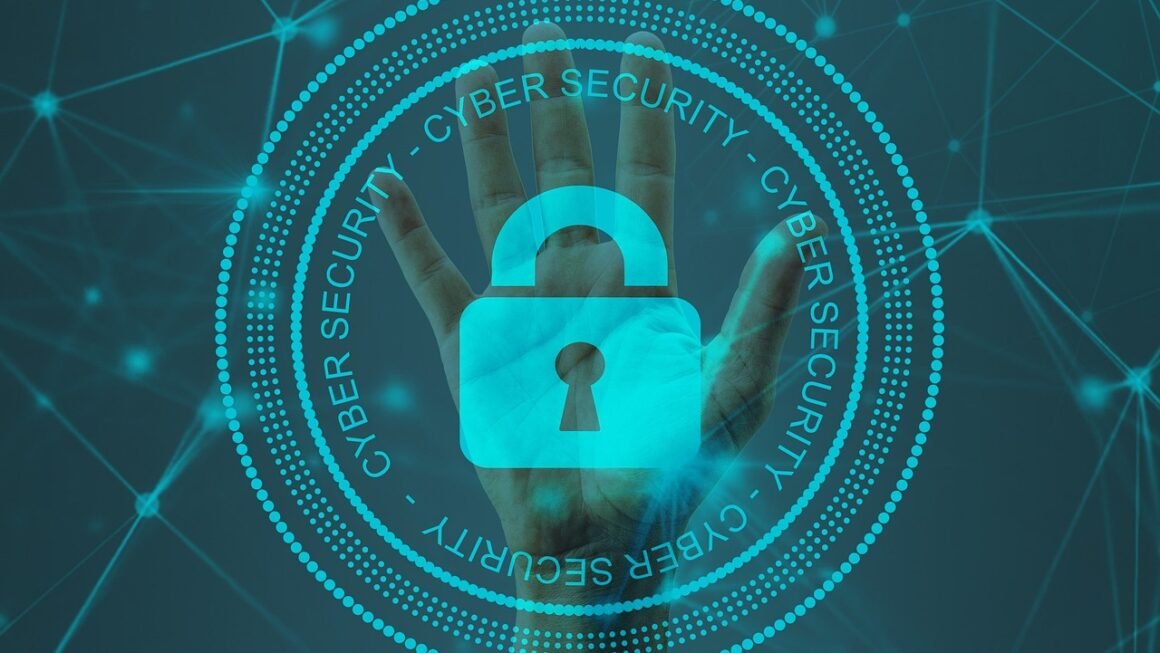The digital landscape is more interconnected than ever, making endpoint devices like laptops, smartphones, and servers prime targets for cyberattacks. Protecting these endpoints is no longer optional; it’s a necessity for maintaining data integrity, ensuring business continuity, and safeguarding your reputation. This blog post delves into the world of endpoint security, exploring its vital components, strategies, and best practices for robust defense against ever-evolving threats.
What is Endpoint Security?
Endpoint security, sometimes referred to as endpoint protection, is the practice of securing devices that connect to a network from cyber threats. These devices, or endpoints, include a wide array of hardware, such as desktops, laptops, smartphones, tablets, servers, and even IoT devices. The goal of endpoint security is to provide centralized management and protection across all these access points, preventing data breaches, malware infections, and other security incidents.
Why is Endpoint Security Important?
Endpoints represent a significant attack surface for cybercriminals. If even one device is compromised, it can provide a foothold for attackers to access sensitive data or spread malware throughout the entire network. Neglecting endpoint security can lead to:
- Data breaches: Sensitive information can be stolen, leading to financial loss and reputational damage. The average cost of a data breach in 2023 was $4.45 million (IBM Cost of a Data Breach Report).
- Malware infections: Viruses, ransomware, and other malicious software can disrupt operations and cause significant downtime.
- Compliance violations: Many regulations, such as HIPAA and GDPR, require organizations to implement adequate security measures to protect sensitive data, including endpoint security.
- Loss of productivity: Remediation of security incidents can take time and resources, impacting employee productivity.
Traditional vs. Modern Endpoint Security
Traditional endpoint security often relied on signature-based antivirus software, which identifies and blocks known malware based on predefined signatures. While still a component of endpoint protection, this approach is increasingly inadequate against modern threats, which are often polymorphic and designed to evade detection.
Modern endpoint security solutions take a more comprehensive and proactive approach, incorporating multiple layers of protection, including:
- Antivirus and anti-malware: Detects and removes known malware threats.
- Endpoint Detection and Response (EDR): Continuously monitors endpoints for suspicious activity and provides tools for investigation and remediation.
- Firewalls: Blocks unauthorized network access.
- Intrusion prevention systems (IPS): Detects and prevents malicious network activity.
- Data loss prevention (DLP): Prevents sensitive data from leaving the network.
- Vulnerability assessment: Identifies and remediates security vulnerabilities on endpoints.
Core Components of a Robust Endpoint Security Strategy
A strong endpoint security strategy requires a multi-faceted approach that encompasses technology, processes, and people. Here are some key components to consider:
Endpoint Detection and Response (EDR)
EDR solutions are crucial for detecting and responding to sophisticated threats that evade traditional antivirus software. EDR systems continuously monitor endpoint activity, collect and analyze data, and provide security teams with the visibility and tools they need to identify, investigate, and remediate threats.
- Example: An EDR system might detect a process attempting to access sensitive files after hours, triggering an alert and automatically isolating the endpoint to prevent further damage.
- Key Features: Real-time monitoring, threat intelligence integration, behavioral analysis, automated response, and forensic investigation.
Application Control and Whitelisting
Application control restricts which applications can run on endpoints, preventing malicious software from executing. Whitelisting takes this a step further by only allowing pre-approved applications to run, effectively blocking anything else.
- Benefits: Reduces the attack surface, prevents malware infections, and improves endpoint performance.
- Practical Tip: Start with a discovery phase to identify all applications currently running on your endpoints before implementing application control or whitelisting.
Patch Management
Keeping software up-to-date with the latest security patches is essential for addressing known vulnerabilities. Patch management solutions automate the process of identifying, deploying, and verifying patches, reducing the risk of exploitation.
- Example: A patch management system can automatically deploy security updates to all Windows servers after they are released by Microsoft.
- Challenge: Balancing the need for timely patching with the potential for compatibility issues can be challenging. Thorough testing is crucial before deploying patches to production environments.
Endpoint Encryption
Encrypting data on endpoints protects it from unauthorized access if a device is lost or stolen. Full-disk encryption encrypts the entire hard drive, while file-level encryption encrypts individual files or folders.
- Example: Encrypting laptops used by traveling employees ensures that sensitive data remains protected even if the laptop is lost or stolen.
- Considerations: Choose an encryption solution that is compatible with your operating system and hardware. Be sure to securely store encryption keys to avoid data loss.
Implementing an Effective Endpoint Security Solution
Implementing an effective endpoint security solution requires careful planning and execution. Here’s a step-by-step approach:
Assess Your Current Security Posture
Identify your organization’s assets, vulnerabilities, and threats. Conduct a risk assessment to prioritize your security efforts.
- Actionable Takeaway: Use a vulnerability scanner to identify unpatched software and other security weaknesses on your endpoints.
Define Your Security Policies
Develop clear and comprehensive security policies that outline acceptable use of endpoints, data security requirements, and incident response procedures.
- Example: A security policy might require employees to use strong passwords, enable multi-factor authentication, and report any suspicious activity.
Choose the Right Security Tools
Select endpoint security solutions that meet your specific needs and budget. Consider factors such as the size of your organization, the complexity of your IT environment, and the sensitivity of your data.
- Tip: Consider a managed security service provider (MSSP) if you lack the internal resources to manage your endpoint security effectively.
Deploy and Configure Your Security Solutions
Properly configure your security solutions to maximize their effectiveness. This includes setting up policies, configuring alerts, and integrating with other security systems.
- Example: Configure your EDR system to send alerts to your security team when it detects suspicious activity, such as a user attempting to access files outside of their normal working hours.
Monitor and Maintain Your Security Posture
Continuously monitor your endpoints for threats and vulnerabilities. Regularly review your security policies and procedures and update them as needed.
- Actionable Takeaway: Conduct regular security awareness training for employees to educate them about common threats and best practices for endpoint security.
Best Practices for Endpoint Security
Adopting best practices is crucial for maintaining a strong endpoint security posture.
Enforce Strong Password Policies
Require users to create strong, unique passwords and change them regularly. Implement multi-factor authentication (MFA) for an added layer of security.
- Example: Require passwords to be at least 12 characters long, include a mix of uppercase and lowercase letters, numbers, and symbols, and be changed every 90 days.
Regularly Update Software
Keep all software, including operating systems, applications, and antivirus software, up-to-date with the latest security patches.
- Practical Tip: Automate the patching process using a patch management solution.
Provide Security Awareness Training
Educate employees about common threats, such as phishing attacks, and best practices for endpoint security.
- Example: Conduct regular phishing simulations to test employees’ ability to identify and report phishing emails.
Implement the Principle of Least Privilege
Grant users only the minimum level of access they need to perform their job duties.
- Benefit: Reduces the potential impact of a compromised account.
Use a Firewall
Enable a firewall on all endpoints to block unauthorized network access.
- Tip: Configure the firewall to only allow necessary ports and services.
Conclusion
Endpoint security is an essential component of any organization’s cybersecurity strategy. By implementing a robust endpoint security solution and following best practices, you can significantly reduce your risk of data breaches, malware infections, and other security incidents. Protecting your endpoints is not just a technical issue; it’s a business imperative that requires a coordinated effort across all levels of the organization. By taking a proactive approach to endpoint security, you can safeguard your data, protect your reputation, and ensure the continued success of your business.



